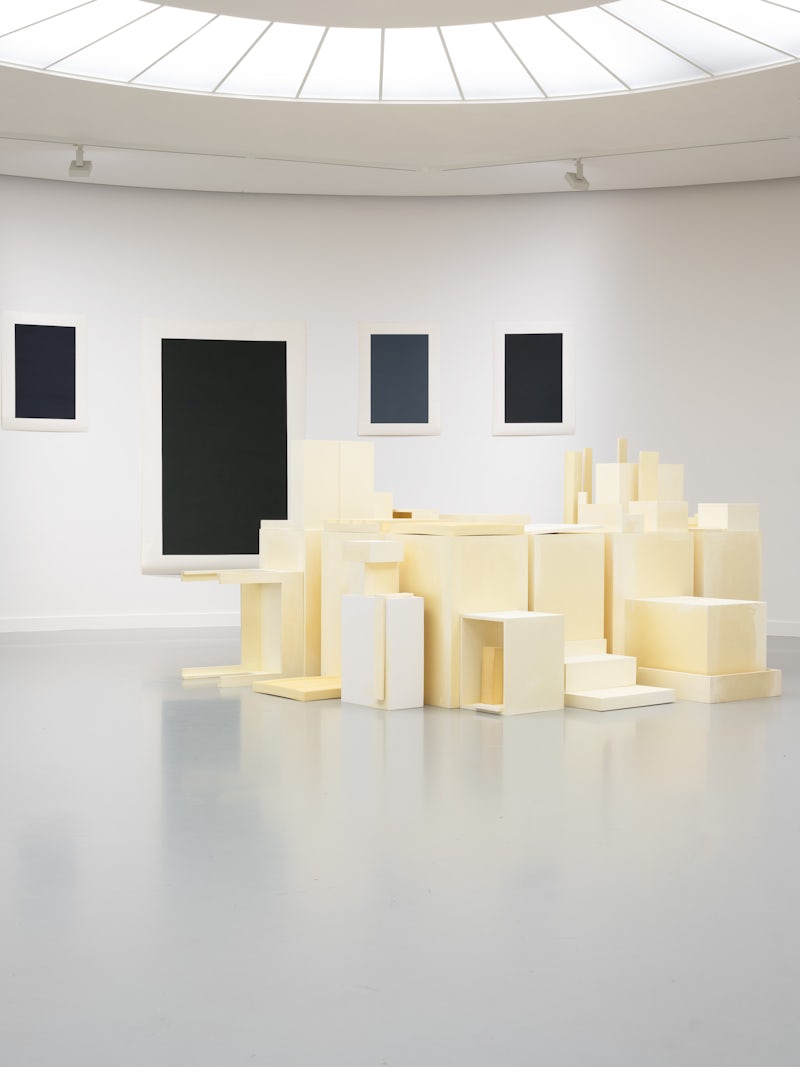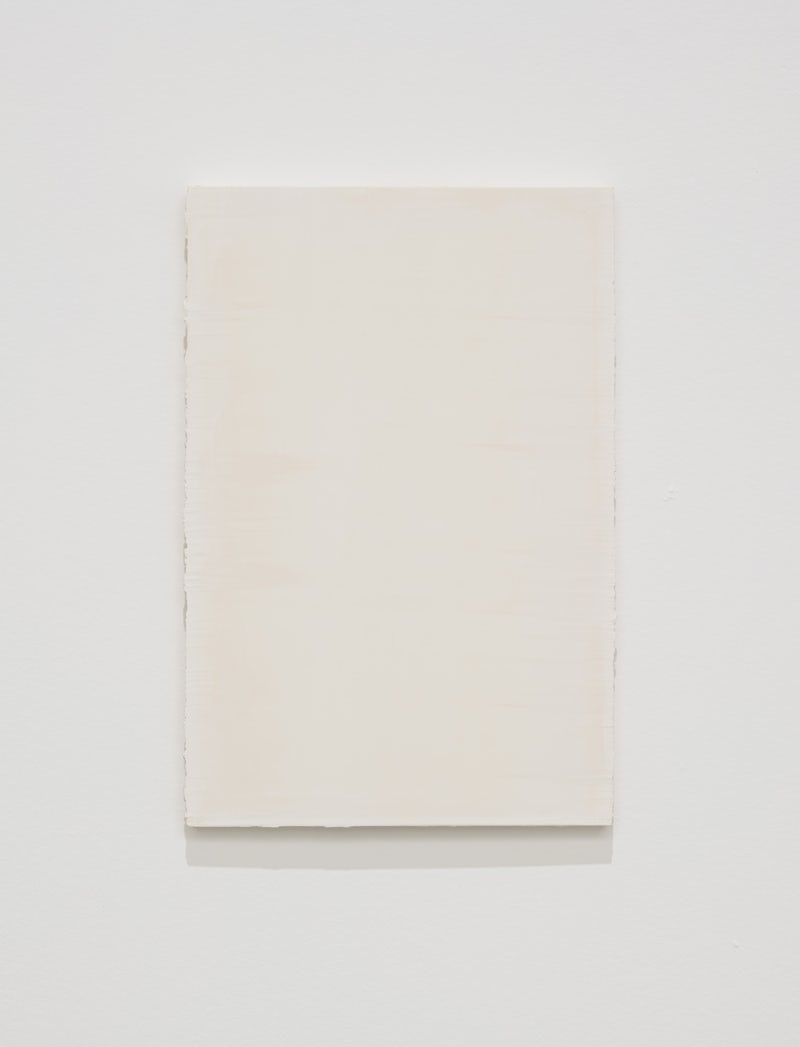
For more than 50 years now, Belgian artist Willy De Sauter (Dudzele, 1938) has been driven by a search for the foundations of the art experience. This results in an impressive oeuvre that excels in stylistic unity and formal simplicity. De Sauter reduces his works as much as possible to the essence. Trained as a graphic designer, he started with an investigation into the visual possibilities of the line – according to him, the most elementary form. This presentation highlights some early key works that illustrate the artist’s evolution.
De Sauter starts by creating drawings of lines in the 1970s. Later, he creates lines through a play of light and shadow, by separating two panels, or by fashioning a deliberate crease in the canvas. By working with line patterns, De Sauter arrives at monochrome surfaces, among other things. His fascination with architecture brings him to Vienna. He gets inspired by Haus Wittgenstein – designed by philosopher Ludwig Wittgenstein on behalf of his sister – and draws the building’s formal structure. De Sauter starts creating spatial work in the 1980s: through it, and in an abstract way, he continues to refer to architecture. More than 25 years after Willy De Sauter’s major retrospective at the M HKA, the enormous depth of his work continues to fascinate.

